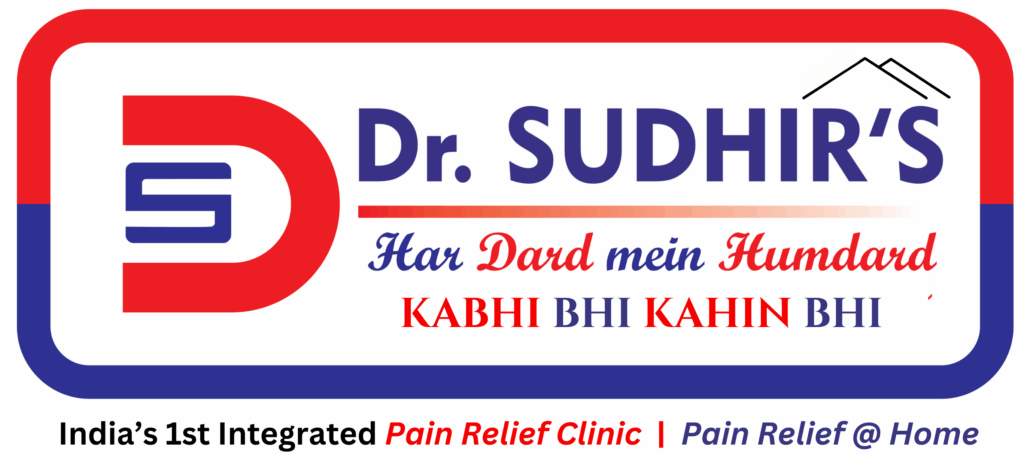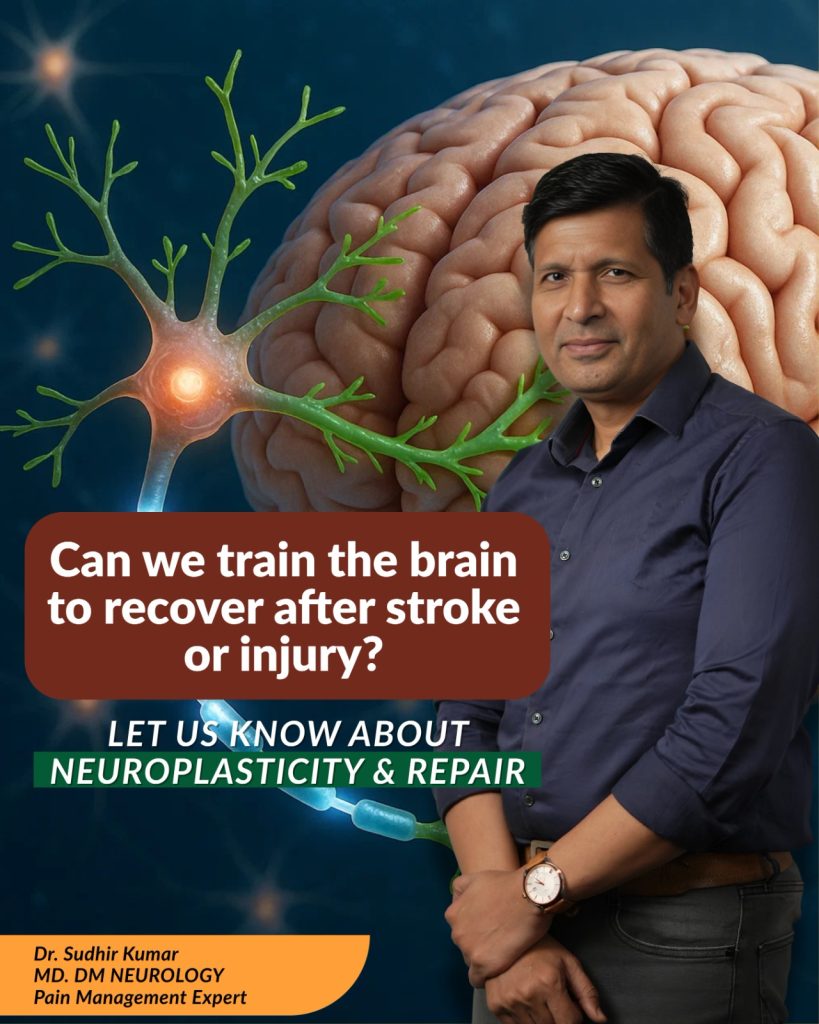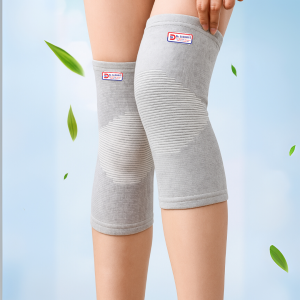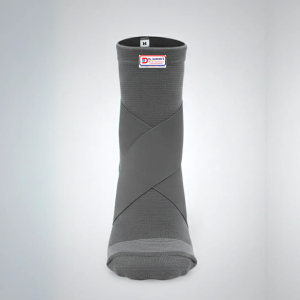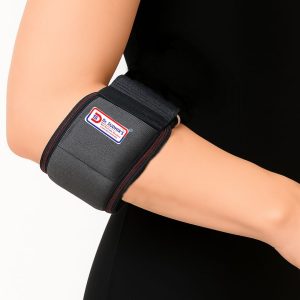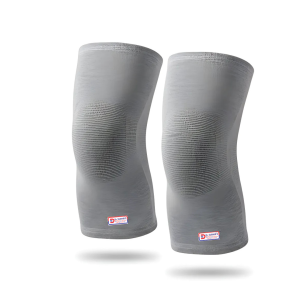For centuries, doctors believed the adult brain was like cement — once set, it could never change. If a stroke damaged part of it, the loss was permanent. Families were told to “accept reality” and adjust to life after disability.
But in recent decades, a quiet revolution in neuroscience has rewritten this story. We now know the brain is not fixed at all. It is flexible, adaptive, and capable of healing. This incredible power is called neuroplasticity.
And for stroke patients, it is nothing short of hope in action.
What Exactly Is Neuroplasticity?
Think of the brain as a vast city of roads and highways, where information travels every second. A stroke can destroy one of those highways — speech, movement, or memory suddenly blocked.
But instead of stopping altogether, the brain begins to search for alternate routes. It builds detours, reroutes traffic, and even asks nearby neighborhoods (other brain regions) to take over lost functions.
This process — neurons rewiring themselves to form new connections — is what scientists call neuroplasticity.
Stroke Recovery: A New Era
A stroke happens when blood flow to part of the brain is interrupted. Within minutes, brain cells begin to die. Depending on the location, patients may lose the ability to walk, talk, or remember loved ones.
For decades, it was believed that recovery plateaued within six months. Today, research shows the brain can continue healing for years, if given the right therapy and environment.
This discovery has transformed stroke recovery worldwide.
Therapies That Unlock the Brain’s Healing Power
-
Intensive Physiotherapy
Repetition builds strength. By practicing movements again and again, patients teach their brain to rewire. What looks like a small exercise is actually the brain creating a new command system. -
Brain-Computer Interfaces (BCI)
Electrodes read brain signals and turn them into movement on a screen or robotic arm, training the brain to “remember” how to move. -
Virtual Reality (VR) Rehab
Patients practice tasks in immersive digital environments, like reaching for objects or walking down a street. VR engages multiple brain regions, making recovery faster and more engaging. -
Transcranial Magnetic Stimulation (TMS)
Gentle magnetic pulses activate damaged or dormant areas of the brain, encouraging them to “wake up” and participate in healing.
Lifestyle: The Invisible Medicine
Science shows that neuroplasticity is not limited to therapy rooms. The everyday choices patients make shape their recovery journey:
-
Exercise keeps blood flowing and stimulates brain growth.
-
Mental Stimulation (reading, puzzles, music) challenges the brain to form new connections.
-
Sleep consolidates new skills and repairs neurons.
-
Balanced Nutrition & Stress Care provide the energy and stability the brain needs to heal.
Recovery, in many ways, is a partnership between medicine and lifestyle.
How Dr. Sudhir’s Pain Relief Clinic Helps
At Dr. Sudhir’s Pain Relief Clinic, we understand that stroke recovery is not only about regaining movement — it is about rebuilding life.
That’s why we offer a multidisciplinary approach tailored to each patient:
-
✅ Advanced Physiotherapy & Rehab Programs – Focused on stroke recovery, pain management, and restoring mobility.
-
✅ Neuro-Rehabilitation Exercises – Designed to activate brain pathways and encourage rewiring.
-
✅ Non-Invasive Therapies – Modern techniques to reduce pain, improve circulation, and support healing.
-
✅ Lifestyle Guidance – Sleep, diet, and mental health support for faster recovery.
-
✅ Personalized Care Plans – Every patient’s brain is unique, so recovery strategies are customized.
Our goal is simple: to combine scientific advances with compassionate care, so patients can move from surviving to thriving.
Real Stories, Real Hope
Around the world — and in our clinic — we see examples of the brain’s resilience. Patients once told they would never walk again take steady steps with support. Those who lost speech begin to form words after months of practice. Families see their loved ones return to daily life, slowly but surely.
Each story is proof of one truth: the brain, when guided and supported, has a remarkable power to heal.
Final Thought
So, can we train the brain to recover from stroke?
The answer is yes — not with miracles, but with science, persistence, and care.
Neuroplasticity reminds us that healing is not limited to the body; it begins in the brain. And with the right therapies and support, patients can regain independence, rediscover hope, and rebuild their lives.
At Dr. Sudhir’s Pain Relief Clinic, we are proud to be part of that journey.
Book your consultation with Dr. Sudhir’s Pain Relief Clinic today.
Call our specialists at +91 91636 95790.


